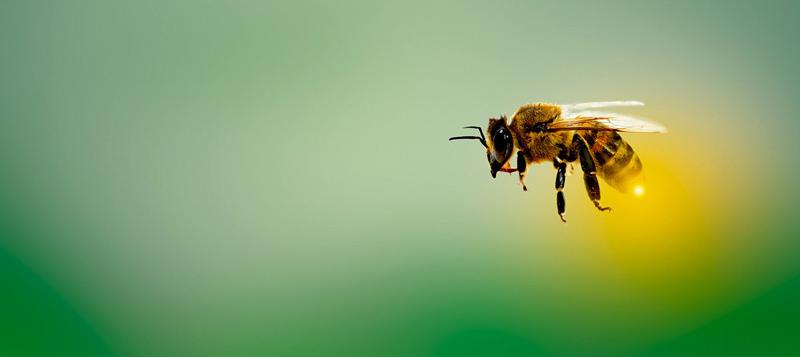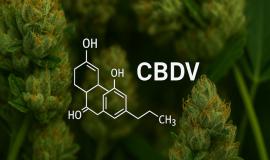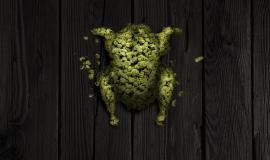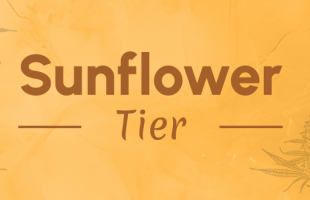From Bees to Elephants: How Animals Interact with Cannabis
From goats snacking on cannabis to bees collecting pollen, the relationship between cannabis and animals is as fascinating as it is unexpected.
As cannabis becomes more prevalent in human culture, its interactions with animals—both domesticated and wild—are sparking scientific and ethical discussions. Beyond the well-documented effects of cannabinoids on pets like dogs and cats, how does cannabis influence other species in our ecosystem?
How Animals Interact with Cannabis in Nature
Did you know that cannabis plants have grown naturally for thousands of years in regions across Asia, Africa, and the Americas? This means wild animals have likely encountered and ingested cannabis long before humans began cultivating it. For herbivores like deer and goats, the plant might serve as a snack, while scavengers might inadvertently consume it if it’s in the stomach contents of their prey.
But here’s the fascinating part: many animals, including invertebrates, have endocannabinoid systems (ECS) similar to humans. This system, which regulates functions like appetite, mood, and pain, responds to cannabinoids in diverse ways across species.
For example:
Primates: Some research suggests that non-human primates, like chimpanzees, may interact with plants containing cannabinoids. While rare, studies have noted them using other medicinal plants, hinting that they might seek out cannabis for specific purposes.
Goats and Livestock: Goats are infamous for eating just about anything—including cannabis plants. Interestingly, cannabinoids consumed by livestock could theoretically pass into products like milk or meat, raising questions about its safety for human consumption.
Aquatic Animals and Cannabinoids
This is where things get even more surprising. Recent studies have shown that fish have an endocannabinoid system. While aquatic animals don’t naturally encounter cannabis, wastewater containing THC or CBD residues could theoretically impact fish behavior. Some preliminary research suggests that cannabinoids might affect their feeding patterns or stress responses.
The Role of Pollinators
Pollinators, such as bees, have also been shown to interact with cannabis plants. While cannabis doesn’t produce nectar, male plants generate large quantities of pollen, which bees collect during periods when other flowering plants are scarce. While the effects of cannabinoids on bees remain largely unexplored, this interaction highlights how cannabis integrates into ecosystems beyond mammalian species.
Cannabis Trivia: Did You Know?
Here are some surprising and lesser-known facts about cannabis and animals that will leave you buzzing:
Elephants and Alcohol: In some regions, wild elephants have been observed consuming fermented fruits to get drunk. While there’s no evidence they actively seek out cannabis, it raises interesting questions about how larger mammals might interact with the plant.
Birds and Hemp Seeds: Hemp seeds, a non-psychoactive part of the cannabis plant, are a favorite snack for birds. In fact, hemp seed bird feed is commonly sold because of its high nutritional value.
Cats and Cannabinoids: We all know cats love catnip, but did you know that catnip interacts with a different system than cannabinoids do? Catnip targets the feline opioid system, whereas cannabinoids target the endocannabinoid system.
Ancient Animals and Cannabis: Archaeological evidence suggests that cannabis seeds have been found in the stomachs of livestock buried alongside ancient humans, indicating its use in animal husbandry thousands of years ago.
Health Disclaimer: The information provided in this article is for educational purposes only and should not be taken as medical advice. Always consult with a qualified healthcare provider before using cannabis, particularly if you have pre-existing conditions or are taking medication.






















